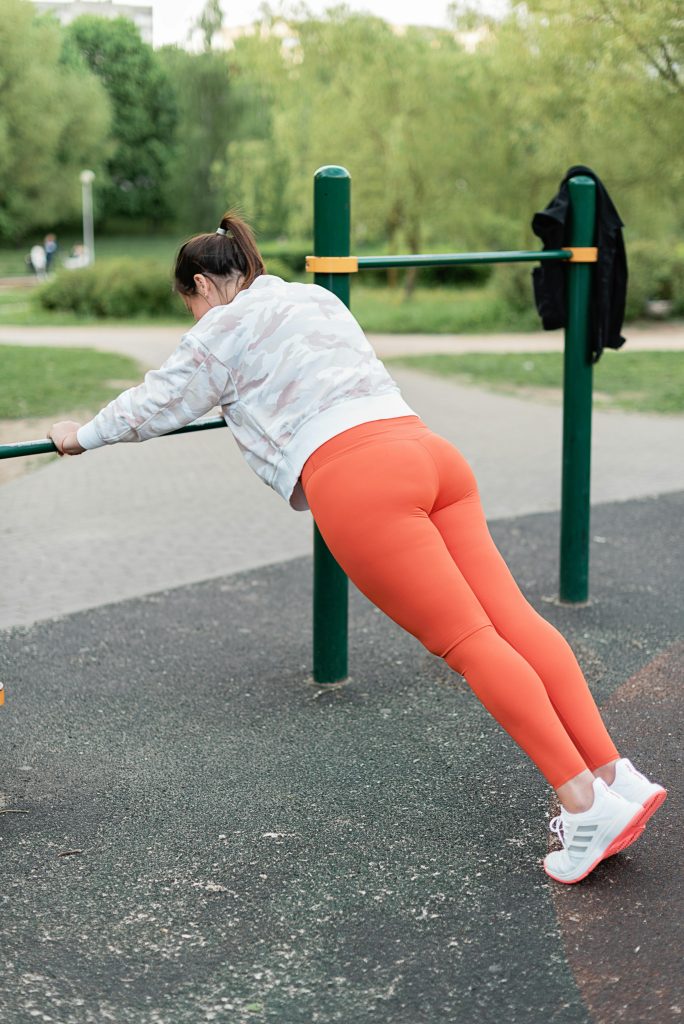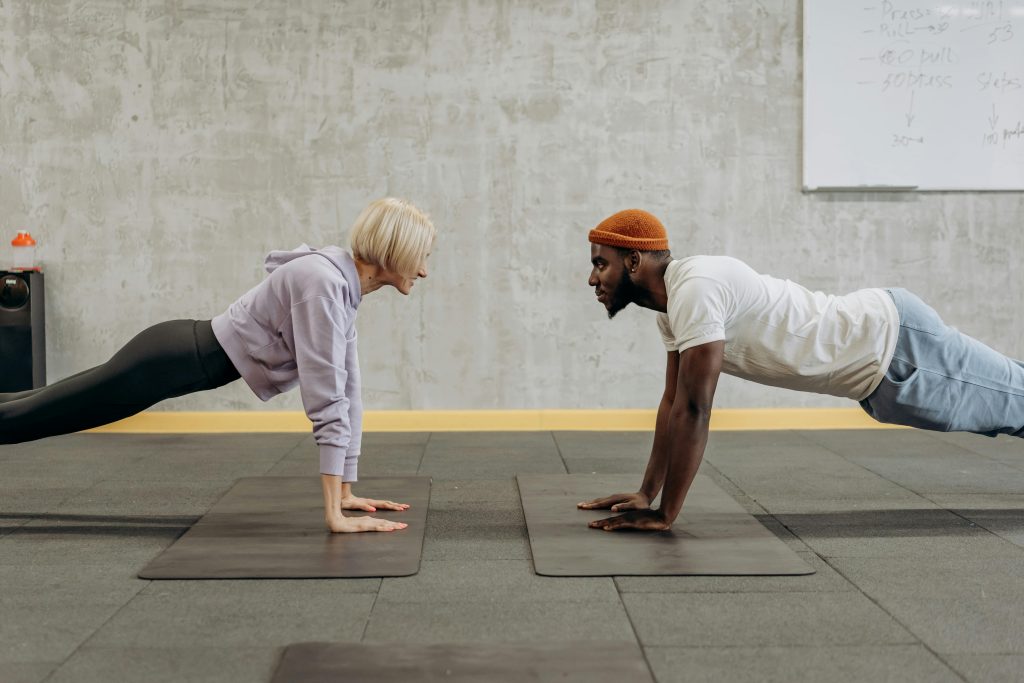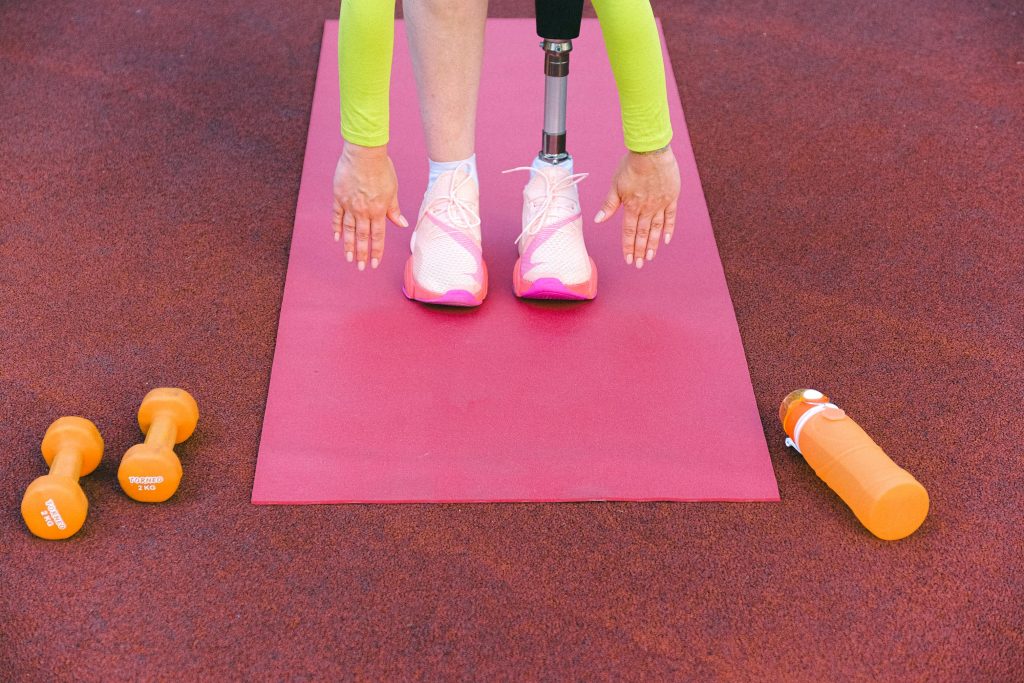Muscle and Bone Strengthening
 There are many benefits to strengthening our muscles and bones including increasing our muscle mass and helping to prevent osteoporosis.
There are many benefits to strengthening our muscles and bones including increasing our muscle mass and helping to prevent osteoporosis.
What is muscle and bone strengthening?
Muscle strengthening is an exercise that makes the body’s muscles work harder than during daily activities. Muscle strengthening activities can include lifting weights, using resistance bands, or doing bodyweight exercises such as pushups, lunges, and planks.
Bone strengthening is an exercise that involves putting pressure, weight, or resistance on the bones to help make them stronger. For example, weight-bearing exercises, running, jumping, and climbing stairs are all bone-strengthening activities.
 Muscle and Bone Strengthening Activities
Muscle and Bone Strengthening Activities
Try out these exercises to strengthen your muscles and bones!**
- Use this handout to guide you through a 5-minute muscle and bone strengthening workout (PDF). It includes pictures and written instructions for each movement in the workout.
- Are you pregnant? According to the Physical Activity Guidelines for Americans, muscle and bone strengthening exercises are recommended twice each week (it’s good for both you and the baby!). Check out these pregnancy strength exercises from the University of Nebraska-Lincoln. You should discuss exercise with your doctor before starting an exercise routine during pregnancy though.
 Try this body weight circuit from the University of Nebraska-Lincoln. You don’t need any equipment and these exercises can be done from almost anywhere. This circuit includes downloadable pictures and written instructions for each movement and exercise.
Try this body weight circuit from the University of Nebraska-Lincoln. You don’t need any equipment and these exercises can be done from almost anywhere. This circuit includes downloadable pictures and written instructions for each movement and exercise.
- Looking to add some additional weight to your muscle and bone strengthening routine? Try out this strength training circuit from the University of Nebraska-Lincoln.
**The participant should be aware of the typical dangers, hazards and risks that accompany any physical activity. Participants are aware of and shall assume all risk and liability for any and all injuries that may come from physical activity, including, but not limited to, sprains, breaks, tears, bruises, lacerations, falls, broken bones, head injuries, and heart or lung issues. You should always check with your primary care physician before starting any exercise regimen or physical activity.
